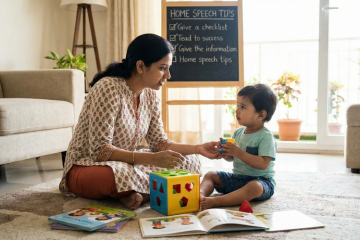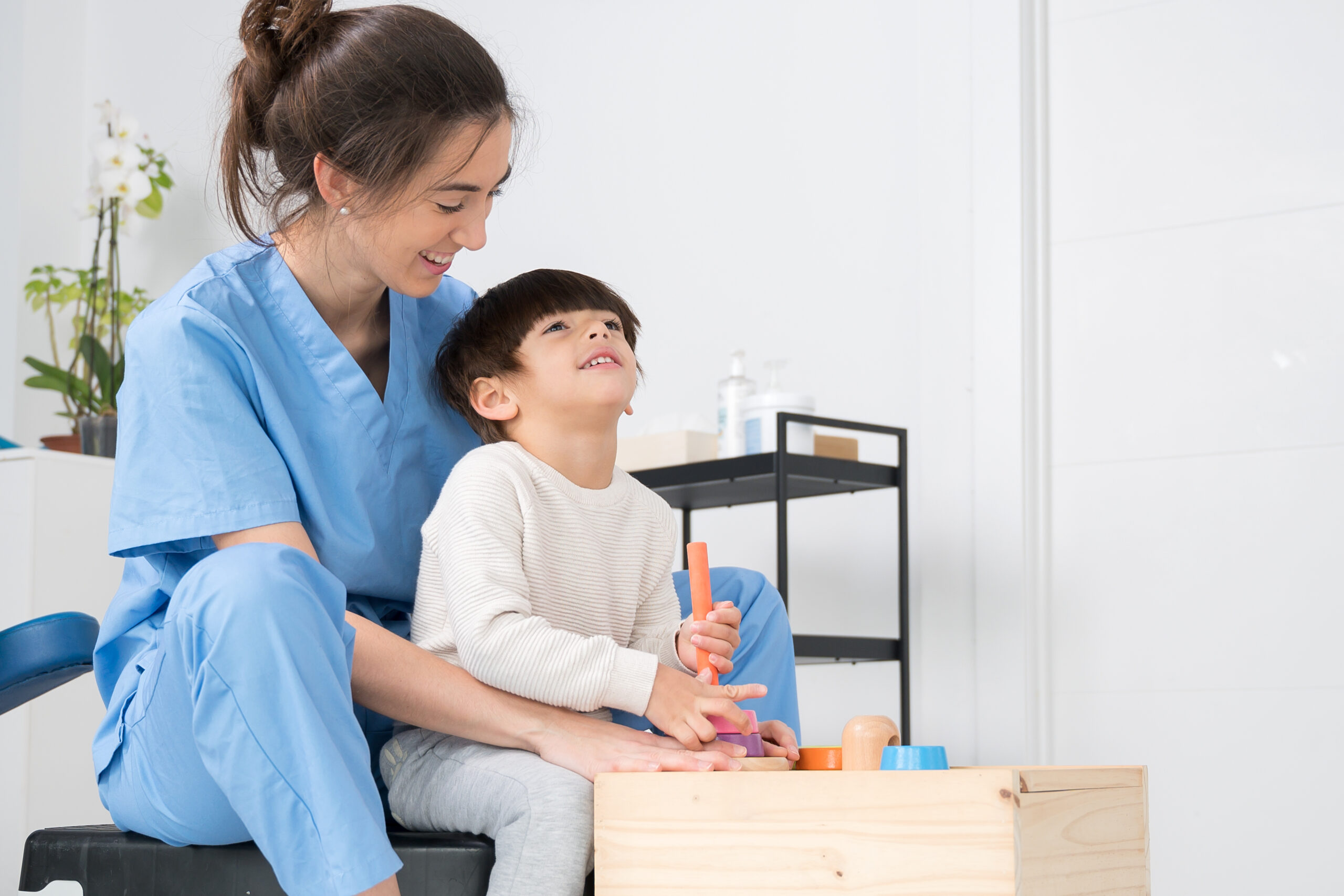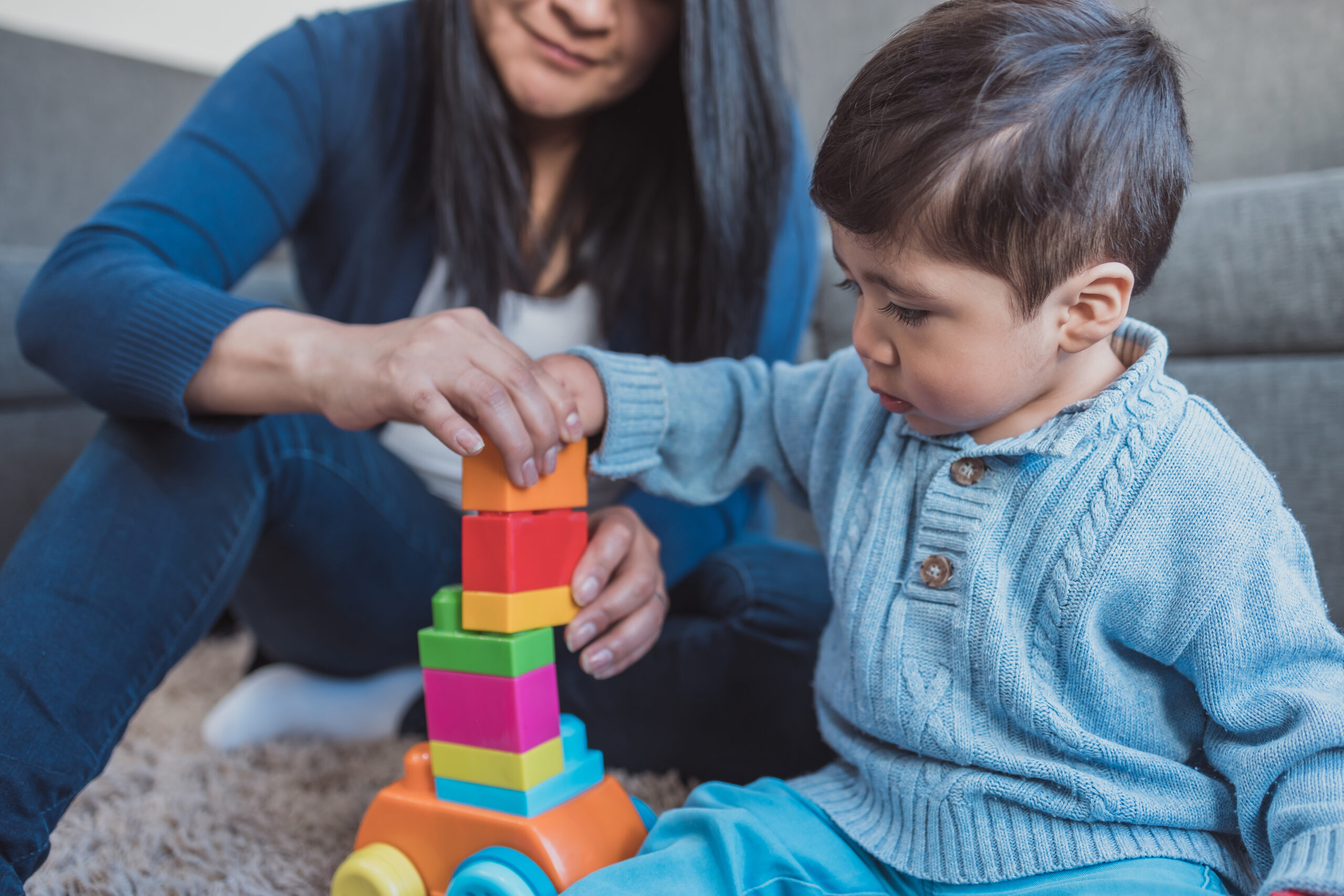As a parent, it’s heartbreaking to see your child struggle with fear, worry, or nervousness especially when you don’t know how to help. While it’s normal for children to feel anxious occasionally, persistent or intense worry may be a sign of deeper emotional challenges. At Samvedan, under the expert guidance of Dr. Purva Shah, we specialize in diagnosing and treating child anxiety disorders with compassion and clinical precision.
What Is Anxiety in Children?
Anxiety in children goes beyond everyday worries. It involves frequent, intense feelings of fear or nervousness that interfere with a child’s daily life whether at school, at home, or with peers. These aren’t just “phases” or temporary fears. Left untreated, anxiety can affect a child’s development, academic performance, and social well-being.
Some common forms of child anxiety disorders include:
-
Generalized Anxiety Disorder (GAD)
-
Separation Anxiety Disorder
-
Social Anxiety Disorder
-
Panic Disorder
-
Specific Phobias
Understanding the type of anxiety your child may be experiencing is the first step toward healing.
How Do I Know If My Child Has an Anxiety Disorder?
Every child is different, but some red flags should never be ignored. Parents should look out for:
-
Excessive worry about school, family, or health
-
Avoidance of social or school activities
-
Frequent stomachaches or headaches with no medical cause
-
Trouble sleeping or frequent nightmares
-
Constant need for reassurance
-
Outbursts or meltdowns triggered by seemingly minor events
If these signs persist for more than a few weeks, it’s time to seek professional help. At Samvedan, our anxiety disorders center offers specialized assessments to diagnose anxiety-related conditions in children with accuracy and care.
Why Early Intervention Matters
Early diagnosis and treatment can significantly reduce long-term risks. Dr. Purva Shah, a trusted expert in pediatric mental health, emphasizes, “When we address anxiety early, we not only treat the symptoms, we empower the child with tools for lifelong emotional resilience.”
What Causes Child Anxiety Disorders?
There is no single cause. Rather, child anxiety disorders often arise from a combination of factors:
-
Genetics: A family history of anxiety or mood disorders can increase risk.
-
Brain Chemistry: Imbalances in neurotransmitters may affect mood regulation.
-
Environmental Stress: Family conflict, academic pressure, or bullying can be major triggers.
-
Parenting Style: Overprotective or overly critical parenting can contribute to anxiety.
At our anxiety disorders center, we focus not just on the child but on the full ecosystem that shapes their emotional world.
Effective Treatment Options at Samvedan
At Samvedan, we follow a holistic, evidence-based approach tailored to each child’s unique needs. Treatment options include:
1. Cognitive Behavioral Therapy (CBT)
One of the most effective therapies for anxiety in children, CBT helps kids identify negative thought patterns and replace them with healthier, realistic ones.
2. Play Therapy
Young children may struggle to express anxiety verbally. Play therapy uses creative methods to help them process emotions in a safe, non-threatening way.
3. Family Counseling
Parental involvement is crucial. Our team works with families to create supportive home environments that encourage emotional growth.
4. Medication (if necessary)
In severe cases, medication may be prescribed, always under close supervision by Dr. Purva Shah, ensuring minimal side effects and maximum benefit.
What Sets Samvedan Apart?
-
Personalized care plans for every child
-
Direct guidance from Dr. Purva Shah, a recognized name in child psychology
-
A warm, safe, and child-friendly environment
-
Long-term support for families navigating the journey
Our anxiety disorders center is more than just a treatment facility, it’s a nurturing space where children begin to thrive again.
How Parents Can Help at Home
Even outside therapy, your role is vital.
-
Validate their feelings never dismiss their fears as “silly.”
-
Maintain a consistent routine to create a sense of security.
-
Encourage gradual exposure to anxiety triggers with support.
-
Practice calming techniques together like deep breathing or mindfulness.
-
Celebrate progress, no matter how small.







